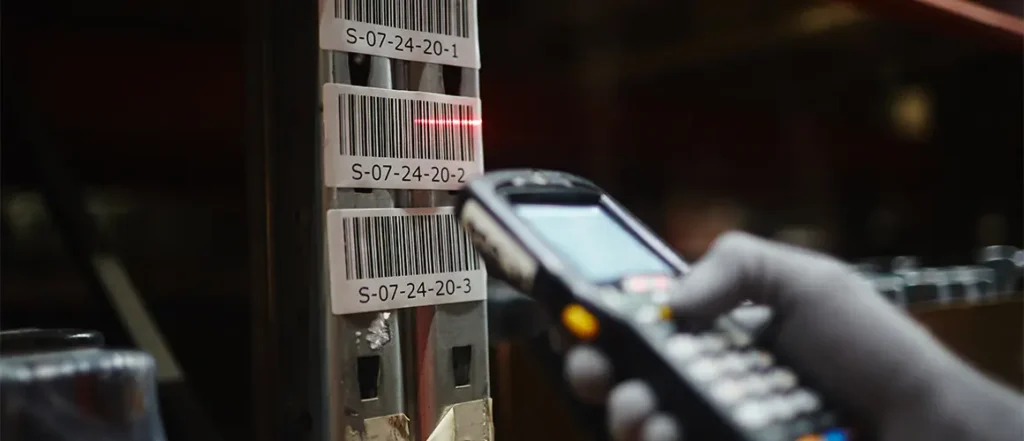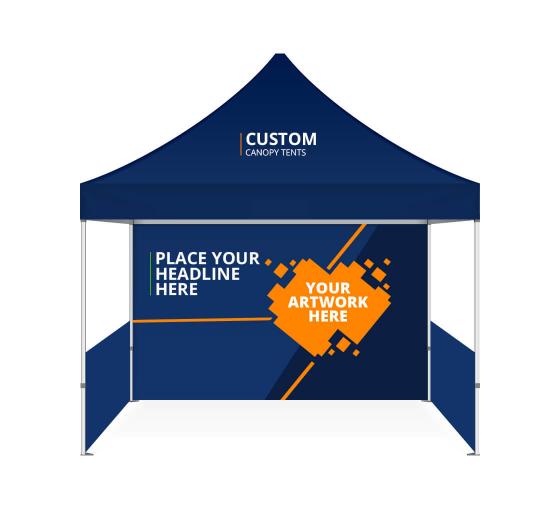
Managing assets in a growing business can be a daunting task. From equipment to inventory, keeping track of everything without a robust system can lead to chaos. Enter metal asset tags & labels, a critical tool that not only helps streamline operations but also adds layers of security, accountability, and efficiency. This blog will serve as a comprehensive metal asset tags & labels buying guide, walking you through seven actionable steps to leverage these tools for transforming your business.
Whether you’re an experienced asset manager or a small business owner seeking organisation, this guide will cover everything you need to know about metal asset tags. We’ll explore their role in asset management, the need to know before buying asset tags & labels, and how to choose the right asset tags and labels for your specific needs.
Step 1: Define What You Need to Track and Why
Before you dive into buying asset tags, it’s essential to understand your needs and goals. What are you trying to achieve with asset tagging?
Identify Key Assets: List everything that requires tracking, from company laptops and machinery to vehicles and office supplies.
Purpose of Tracking: Determine whether your focus is on security, maintenance schedules, or reducing theft and loss. This understanding will guide you in choosing the most appropriate type of asset tags and labels. For example, if theft prevention is a priority, consider tamperproof void labels or destructible labels, which make tampering immediately obvious.
Step 2: Choose the Right Metal Asset Tags for Your Environment
Knowing what you need to track is just the start. The next step is to select tags that fit the environment in which your assets are located. Tags suitable for a climate-controlled office might not hold up in an outdoor, industrial setting.
Indoor Use: For office environments or assets not exposed to harsh conditions, aluminium foil asset tags or economy labels are often sufficient. They are affordable, lightweight, and adaptable to various surfaces.
Outdoor or Harsh Conditions: For assets exposed to the elements, opt for solid metal asset tags or premium laminated labels. Aluminium is resistant to corrosion and extreme temperatures, ensuring legibility over time.
High-Security Areas: If security is a major concern, tamperproof void labels are an excellent choice. These tags clearly display “VOID” when removed, providing clear evidence of tampering.
Step 3: Customise Your Tags for Maximum Functionality

Why settle for generic tags when you can have ones tailored to your specific needs? Customisation enhances both functionality and branding.
Barcodes and QR Codes: If your business uses technology for asset tracking, consider barcode labels or QR asset tags. Barcodes are ideal for inventory systems, while QR codes can store more information and link to asset databases via mobile devices.
Company Logo and Details: Add your company’s logo, contact information, or maintenance instructions to your tags. This customisation helps with brand reinforcement and makes it easier for employees or contractors to identify equipment.
When selecting laminated barcode labels, you ensure that the printed data is shielded from scratches, weathering, and other environmental damage, extending the lifespan of your labels and offering better long-term value.
Step 4: Select the Best Shape for Your Assets
Choosing the right shape for your asset tags is crucial. The available space on your asset will dictate the shape and size of the tag or label you use.
Rectangular and Square Tags: Ideal for larger equipment or surfaces that need more information, such as barcodes, serial numbers, or instructions.
Round and Oval Tags: Best suited for smaller items or assets with limited surface area, like laptops or mobile devices.
Selecting the right shape ensures that your labels fit perfectly on the asset, enhancing readability and longevity.
Step 5: Ensure Durability with Premium Materials
The material of your asset tags is essential for their performance and longevity. Here’s a breakdown of key material options:
Aluminium: A classic choice for durability, aluminium asset tags are resistant to corrosion, extreme temperatures, and wear, making them suitable for both indoor and outdoor use.
Aluminium Foil: Thin and flexible, aluminium foil labels are great for curved surfaces or temporary tracking needs. While they may not offer the same durability as solid aluminium, they are cost-effective for short-term projects.
Premium Lamination: For additional protection, choose laminated labels. They resist chemicals, abrasions, and weather conditions, making them ideal for industries requiring heavy-duty solutions.
Step 6: Incorporate Security Features for High-Value Assets

For high-value or sensitive assets, incorporating security features can be crucial. Tamperproof or destructible labels offer enhanced protection.
Tamperproof Void Labels: These labels leave a visible “VOID” message if removed, providing clear evidence of tampering. They are particularly useful for sensitive or high-value items.
Destructible Labels: These tags break into small pieces when tampered with, making it impossible to remove them without damage. They are ideal for equipment that should remain stationary and secure.
Step 7: Monitor and Maintain Your Tagged Assets
Tagging is just the beginning. Effective asset management involves regular monitoring and maintenance of your tagged items.
Regular Inspections: Routinely check your asset tags to ensure they are intact and legible. Replace any that are worn or damaged to maintain accurate tracking.
Maintenance Schedules: Include barcodes or QR codes on your tags that link to maintenance logs, helping you keep track of service dates and upcoming check-ups.
Database Integration: Ensure that all asset tags are linked to your inventory or asset management software. This integration will streamline audits, inventory counts, and asset transfers, ensuring everything is up-to-date.
From Chaos to Control
By following these seven steps, from defining your needs to customising and maintaining your metal asset tags & labels, you can transform your asset management system. With the right approach, metal asset tags and labels will help move your business from chaos to control, enhancing visibility, security, and efficiency. Whether you opt for aluminium, tamperproof labels, or custom barcode tags, the right combination of materials, design, and durability will set your business up for long-term success. Embrace this opportunity to revamp your asset management and watch as your business becomes more organised, efficient, and secure.
Written By BannerBuzz Editorial Team.
























 Posted in
Posted in 












